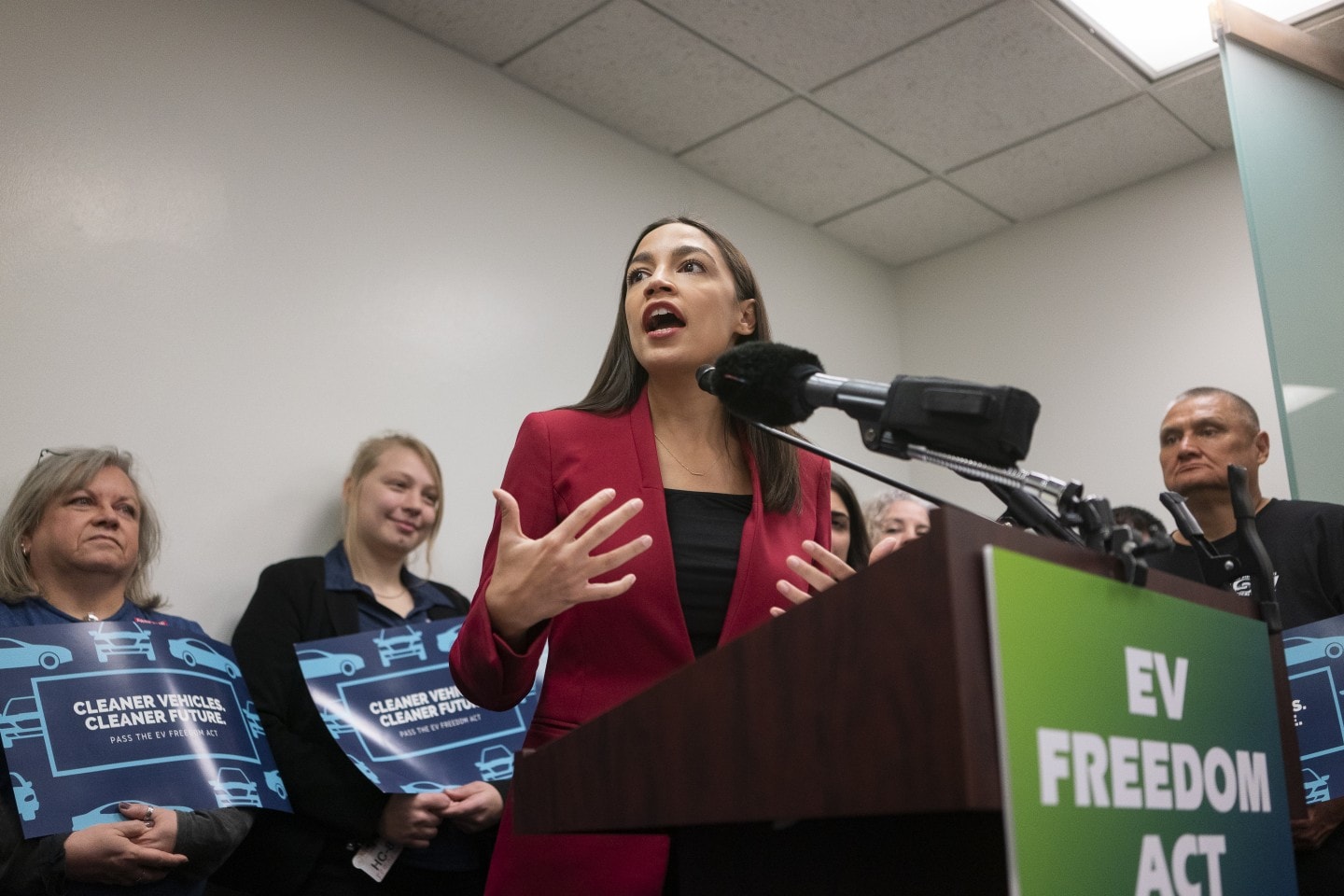Read The Full Article On: Washingtonpost
Liberals love electric cars. The rest of America, less so. Just two percent of autos sold annually are powered by electricity. Democrats, meanwhile, are too busy trying to curb gasoline use altogether to care.
Sen. Bernie Sanders (I-Vt.) wants to phase out traditional car engines in favor of electrified ones. So do former vice president Joe Biden, Sen. Elizabeth Warren (D-Mass.) and former New York mayor Mike Bloomberg. Standing in the way, however, is cost. Electric cars are pricier than their gasoline-powered counterparts. No matter. Democrats promise to underwrite the added cost by doling out billions in taxpayer cash to, well, taxpayers, if they go electric.
The idea isn’t new. Norway adopted a similar approach in the 1990s. “The system works,” touted then-transport minister Ketil Solvik-Olsen. Except for one small detail. It doesn’t. Although EV purchases come with perks such as free access to bus lanes, discounts on local ferries and, most notably, sizable relief from heavy import taxes, public enthusiasm for traditional cars persists. In fact, over the past decade, the number of gasoline-powered vehicles in Norway has gone up, not down.AD
It seems even climate-conscious Norwegians are unconvinced by their politicians’ rhetoric. It’s probably just as well, given that Oslo’s subsidy scheme is underwritten by fossil fuels sales. The country is a major producer of oil and natural gas, the export of which pumps billions into government coffers.
Irony aside, EVs pose challenges of their own. Producing them requires more energy than goes into a regular car, and the process relies on minerals from countries wherehuman rights abuses are rampant. Recycling EV technology isn’t easy, and when they’re still on the road, EVs are only as eco-friendly as their underlying power source (relying on coal-powered plants to charge an EV is a problem). Green isn’t always clean.
Granted, EVs can travel farther on a single joule of energy while producing fewer emissions in the process. But this makes EVs part of the solution, rather than the only — or even the best — one. Moreover, while EV technology is improving, so are the systems that power their traditional counterparts.AD
The internal combustion engine, a workhorse of the industrial era and a mainstay of vehicles today, is imperfect. It relies on gasoline to run and produces pollutants that contribute to climate change. The technology is also inefficient, using just a fraction of the power generated by burning gasoline for propulsion.
But cars running on gasoline are getting better — much better. They pollute less (government figures suggest 99 percent less) than their predecessors from the 1960s and are becoming far more efficient thanks to improvements in underlying technology and materials, things like direct injectors that calculate exactly how much gasoline an engine needs, turbochargers that put otherwise wasted energy to use, and microwave igniters that, compared to traditional spark plugs, operate at a lower temperature and thereby improve fuel economy. The result is fewer harmful emissions — and dramatic improvements in public health — for each mile traveled compared to years past.
Democrats have largely ignored these positive developments. The party seems infatuated with bringing on an EV nirvana. Zero-emissions sales by 2030 is the name of the game. It’s a seductive idea except for two things. First, there’s no such thing as a zero-emissions vehicle. Even the cleanest cars pollute, in one way or another. Even if they didn’t, consumers would still need to abandon existing vehicles and opt for new ones. Reception to this idea has been tepid at best.AD
We need to recognize that for all their virtues, EVs have vices — and addressing them won’t be easy. We also need to acknowledge that large-scale, public financing of EVs may not have the intended effect. Norway’s EV experiment has cost billions, and the majority of the vehicles sold so far have been to households that also own a gasoline-powered car. Put another way, EVs are best understood as complements, not substitutes. This suggests that traditional vehicles are — despite government efforts — going nowhere fast.
Given this reality, what politicians should do is incentivize improvements in the gasoline engine. Carmakers already get billions in state and local incentives to cover things like job training and infrastructure development.
This policy admittedly won’t go over well with die-hard EV fans. They will argue an electrified future is inevitable. Perhaps, but not anytime soon.

